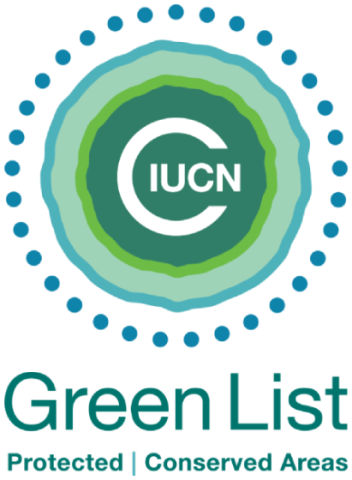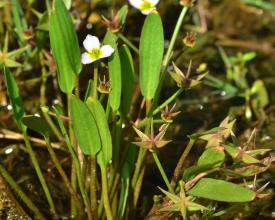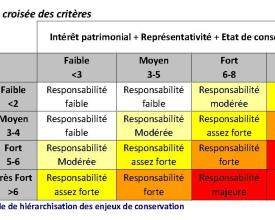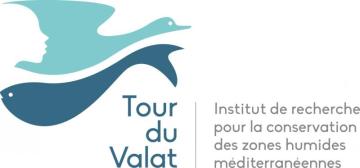
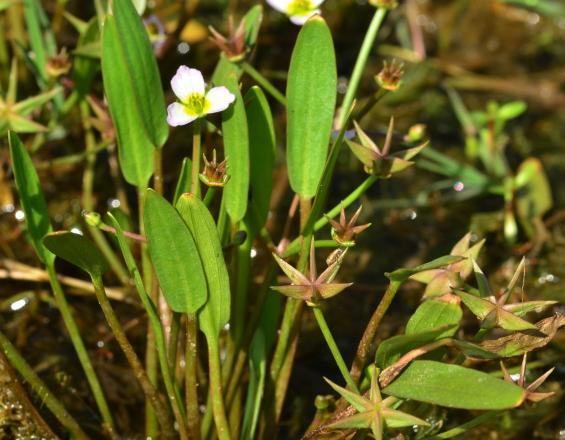
As part of the management plan for the Tour du Valat estate, a method for prioritizing heritage responsibility has been defined.
It is based on 6 criteria:
- Heritage value (based on texts / laws): rating from 0 to 4 (low / regional / national / European / global interest)
- Representativeness of the site population: score from 0 to 4.
- Conservation status of the overall population: rating from 0 to 2 (presumed favorable / unfavorable / inadequate / poor).
- Conservation status on site: score from 0 to 2.
- Irreversibility: rating from 0 to 3 (nil, low, medium, high). Equivalent to the probability of recovering the natural heritage element after disappearance.
- Importance of the Camargue (functional site) for the conservation of the species/habitat: score from 0 to 3.
Once these criteria have been scored, they are cross-referenced according to a predefined grid to assess the site's level of responsibility for the species or habitat concerned.
Impacts
Defining which species or habitats on a protected natural site are most important to preserve is an essential step in the management plan process. What's more, it's essential that this step be carried out as objectively as possible, disregarding the affect or will of any one manager or individual.
Using such a method makes it possible to clarify, share and prioritize for which species or habitats the site presents a particular responsibility.
In the case of the Tour du Valat estate, this step, which began in 2004, has enabled us to finally have a shared and, above all, well-argued vision of the conservation challenges facing the site. For the manager, this stage enables a clear assessment to be made of which of the site's biodiversity species and habitats require special attention. It also enables them to identify the natural heritage compartments requiring improved knowledge.
